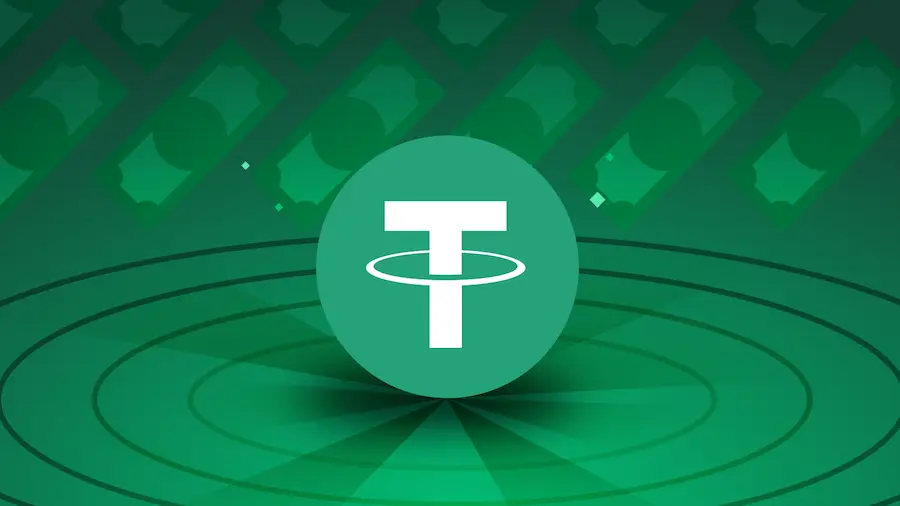Circle CEO Jeremy Allaire cited statistics: from 2021 to 2023, attackers managed to steal about $10 billion from blockchain projects. Millions of people suffered serious losses due to the immutable nature of digital assets and vulnerabilities in smart contracts.
According to the head of Circle, the use of stablecoins as payment is limited by the irreversibility of transactions. The refund feature is critical for modern payment systems, where online fraud abounds, or there is simply a possibility that the client sent money to the wrong recipient or received low-quality products/services.
Allaire said that thanks to the blockchain, new protocols for transferring money can be created. Based on early research from Stanford University, Circle introduced a revocable token standard that allows transfers to be revoked using a variety of configurations suitable for both commerce and decentralized finance (DeFi).
Circle and Stanford University introduced the R-Pools model to insure and provide liquidity for recoverable tokens. This means that the holder of such tokens can redeem them through the insurance pool.
“Open source and the ability to program money using blockchain can solve problems such as asset theft and money recovery. Such solutions can be adapted for a wide range of financial and commercial transactions, and not just for retail payments,” Circle CEO X wrote on the social network.
In August, Circle integrated USDC stablecoins into Latin American payment service Mercado Pago, and in November entered into a partnership with financial conglomerate SBI Holdings to popularize stablecoins in Japan.
Source: Bits
I am an experienced journalist, writer, and editor with a passion for finance and business news. I have been working in the journalism field for over 6 years, covering a variety of topics from finance to technology. As an author at World Stock Market, I specialize in finance business-related topics.







